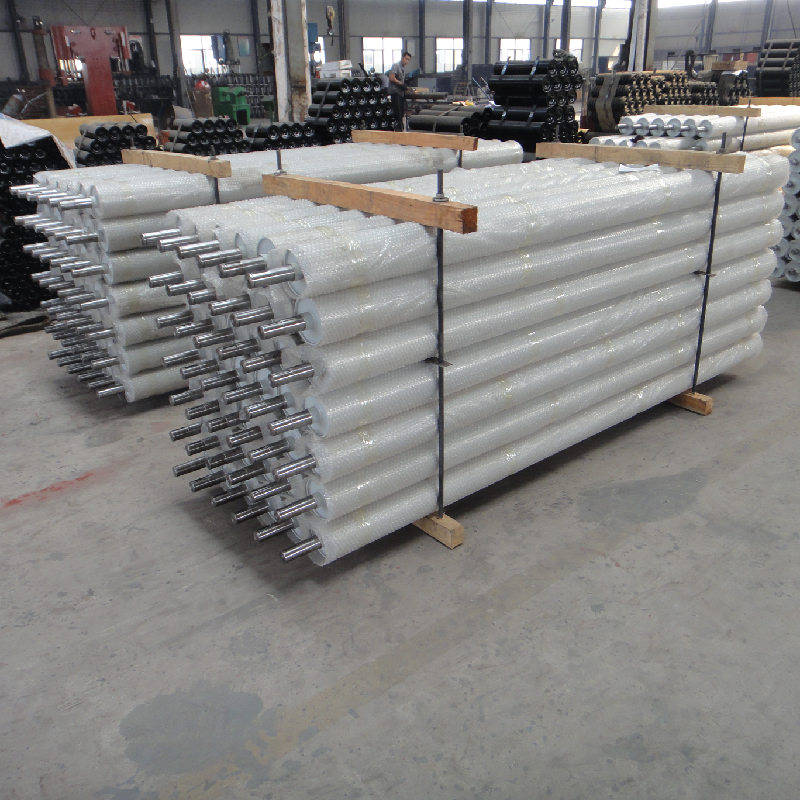 Afrikaans
Afrikaans  Albanian
Albanian  Amharic
Amharic  Arabic
Arabic  Armenian
Armenian  Azerbaijani
Azerbaijani  Basque
Basque  Belarusian
Belarusian  Bengali
Bengali  Bosnian
Bosnian  Bulgarian
Bulgarian  Catalan
Catalan  Cebuano
Cebuano  Corsican
Corsican  Croatian
Croatian  Czech
Czech  Danish
Danish  Dutch
Dutch  English
English  Esperanto
Esperanto  Estonian
Estonian  Finnish
Finnish  French
French  Frisian
Frisian  Galician
Galician  Georgian
Georgian  German
German  Greek
Greek  Gujarati
Gujarati  Haitian Creole
Haitian Creole  hausa
hausa  hawaiian
hawaiian  Hebrew
Hebrew  Hindi
Hindi  Miao
Miao  Hungarian
Hungarian  Icelandic
Icelandic  igbo
igbo  Indonesian
Indonesian  irish
irish  Italian
Italian  Japanese
Japanese  Javanese
Javanese  Kannada
Kannada  kazakh
kazakh  Khmer
Khmer  Rwandese
Rwandese  Korean
Korean  Kurdish
Kurdish  Kyrgyz
Kyrgyz  Lao
Lao  Latin
Latin  Latvian
Latvian  Lithuanian
Lithuanian  Luxembourgish
Luxembourgish  Macedonian
Macedonian  Malgashi
Malgashi  Malay
Malay  Malayalam
Malayalam  Maltese
Maltese  Maori
Maori  Marathi
Marathi  Mongolian
Mongolian  Myanmar
Myanmar  Nepali
Nepali  Norwegian
Norwegian  Norwegian
Norwegian  Occitan
Occitan  Pashto
Pashto  Persian
Persian  Polish
Polish  Portuguese
Portuguese  Punjabi
Punjabi  Romanian
Romanian  Russian
Russian  Samoan
Samoan  Scottish Gaelic
Scottish Gaelic  Serbian
Serbian  Sesotho
Sesotho  Shona
Shona  Sindhi
Sindhi  Sinhala
Sinhala  Slovak
Slovak  Slovenian
Slovenian  Somali
Somali  Spanish
Spanish  Sundanese
Sundanese  Swahili
Swahili  Swedish
Swedish  Tagalog
Tagalog  Tajik
Tajik  Tamil
Tamil  Tatar
Tatar  Telugu
Telugu  Thai
Thai  Turkish
Turkish  Turkmen
Turkmen  Ukrainian
Ukrainian  Urdu
Urdu  Uighur
Uighur  Uzbek
Uzbek  Vietnamese
Vietnamese  Welsh
Welsh  Bantu
Bantu  Yiddish
Yiddish  Yoruba
Yoruba  Zulu
Zulu Design and Functionality of Conveyor Wing Pulleys in Material Handling Systems
Understanding Conveyor Wing Pulleys Design, Function, and Applications
Conveyor systems play a crucial role in various industries, enabling the efficient transportation of materials over vast distances. Among the essential components of these systems are pulleys, specifically the wing type, which are pivotal in ensuring smooth operation and effective material handling. This article explores the design, functionality, and applications of conveyor wing pulleys, shedding light on their significance in modern industrial processes.
Design of Conveyor Wing Pulleys
Conveyor wing pulleys are characterized by their unique construction, which distinguishes them from traditional cylindrical pulleys. These pulleys feature two or more wings that extend radially from a central hub. The wings are typically made of high-strength materials, designed to withstand significant wear and tear while providing a solid grip on the conveyor belt.
The design of wing pulleys serves multiple purposes. Firstly, the wing structure helps to reduce the surface area that is in contact with the conveyor belt. This design minimizes friction, allowing for smoother belt movement and reducing energy consumption. Secondly, the open design enables better self-cleaning characteristics, allowing debris and material to fall off the pulleys rather than clogging the system, which can enhance operational efficiency.
Functionality of Wing Pulleys
The primary function of a conveyor wing pulley is to guide the conveyor belt and keep it aligned during operation. The wings help maintain the belt’s position, preventing it from slipping off during material transportation. This alignment is crucial in applications where heavy loads are moved, as misalignment can lead to severe disruptions in the system.
Moreover, wing pulleys facilitate the tensioning of the conveyor belt. Proper belt tension is necessary to ensure optimal performance and prolong the lifespan of both the belt and the pulleys. With wing pulleys, operators can easily adjust the tension as needed, ensuring that the belt operates within the required parameters.
conveyor wing pulley

Another significant function of wing pulleys is their role in the discharge of material. When the conveyor belt travels over the pulley, especially during discharge, the wing design aids in the smooth release of materials. This feature is particularly beneficial in bulk material handling applications, where the controlled discharge of heavy loads is essential to prevent spillage and ensure efficiency.
Applications Across Industries
Wing pulleys find extensive application across various sectors, including mining, agriculture, construction, and logistics. In the mining industry, for example, these pulleys are commonly used to transport ores and minerals from extraction sites to processing plants. The ability of wing pulleys to self-clean makes them ideal for handling abrasive materials, reducing maintenance requirements.
In the agricultural sector, wing pulleys are used in conveyor systems that transport grains and other agricultural products. Their efficient design helps to minimize damage to delicate materials during transport, ensuring quality preservation.
The construction industry also benefits from wing pulleys, particularly in systems used for transporting heavy building materials like gravel and sand. The durability and reliability of wing pulleys ensure that these materials can be moved efficiently, facilitating faster project timelines.
Conclusion
In summary, conveyor wing pulleys are an integral component of modern material handling systems. Their innovative design, which promotes efficient operation and minimizes maintenance, makes them invaluable in various industries. As technology continues to evolve, it’s likely that the design and functionality of wing pulleys will adapt to meet the increasing demands of industrial applications, reinforcing their role in enhancing productivity and efficiency in material transport.
-
Revolutionizing Conveyor Reliability with Advanced Rubber Lagging PulleysNewsJul.22,2025
-
Powering Precision and Durability with Expert Manufacturers of Conveyor ComponentsNewsJul.22,2025
-
Optimizing Conveyor Systems with Advanced Conveyor AccessoriesNewsJul.22,2025
-
Maximize Conveyor Efficiency with Quality Conveyor Idler PulleysNewsJul.22,2025
-
Future-Proof Your Conveyor System with High-Performance Polyurethane RollerNewsJul.22,2025
-
Driving Efficiency Forward with Quality Idlers and RollersNewsJul.22,2025





























